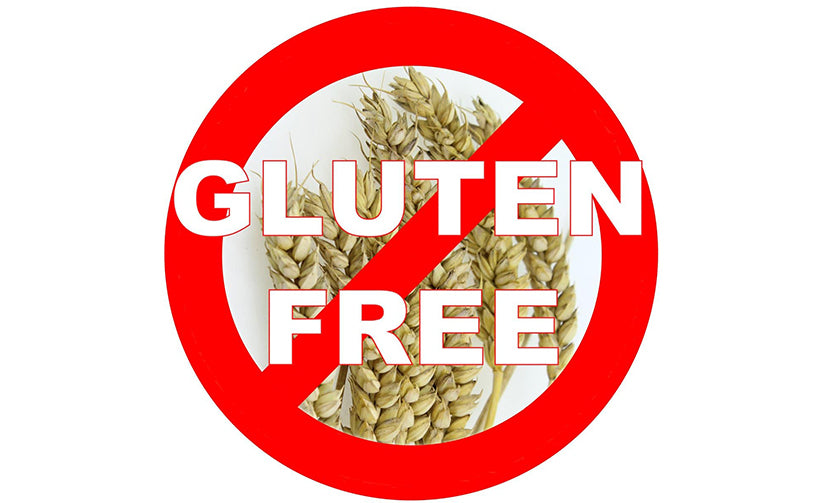Celiac disease also known as Celiac Sprue or Gluten Sensitive Enteropathy is an autoimmune disorder, in which consuming a specific kind of protein (gluten) may cause intestinal damage and long-term health complications. Celiac disease is different from gluten sensitivity and gluten intolerance. In these cases, consuming gluten only causes gastric discomfort but does not lead to any permanent damage. Excluding gluten out of your diet can also be a health-conscious decision by some and is not the same as Celiac disease. Gluten is a protein found in rye, barley and wheat. People sensitive to gluten cannot consume wheat, barley, malt, brewer’s yeast, triticale or rye as the protein present in these items may trigger or hyper sensitize the immune system. The immune system then starts attacking the small intestine, causing damage to the finger like projections present at the lining of small intestine. These projections are also known as “villi” and help in nutrient absorption. Due to the auto immune response, these villi get destroyed thereby hampering nutritional absorption and causing inflammation.
Celiac disease can occur at any age and may create serious health concerns if left untreated such as multiple sclerosis, Type-1 diabetes, itchy skin, anaemia, migraines, epilepsy and intestinal tumours etc.
Sticking to the gluten free diet for the patient’s entire life span is the only treatment available so far. Even a small amount of gluten may trigger the autoimmune response and damage to the small intestine. Celiac disease is also known as celiac sprue, non-tropical sprue, and gluten sensitive enteropathy.
Common foods containing gluten:
1. Pastas
2. Noodles (rice and mung bean noodles are gluten free)
3. Breads and Pastries
4. Roti, parantha, naan or any other Indian bread with wheat
5. Crackers and biscuits
6. Baked Goods like cakes, cookies, pie crusts, brownies
7. Cereal & Granola like choco puffs, cornflakes, muesli etc.
8. Wester Breakfast Foods like pancakes, waffles, french toast, crepes
9. Breading and Coating Mixes including breadcrumbs
10. Sauces, Gravies and salad dressings (wheat flour used as thickener)
11. Traditional soy sauce, cream sauces made with a roux
12. Flour tortillas, nachos, chips
13. Certain alcoholic drinks
14. Ready to eat foods, especially baking products
Do’s
- Know what gluten is and where it is found
- Check the label and ingredients
- Stick to small serving sizes of gluten free foods
- Visit a doctor in case you ingest gluten
- Ensure people around you are aware that you have Celiac in case of an emergency
Don’ts
- Don’t eat large serving size of ready to eat foods made without gluten
- Know the difference between “wheat free” and “gluten free”
- Don’t self-diagnose
- Do not assume certain amounts of gluten is permissible to ingest






